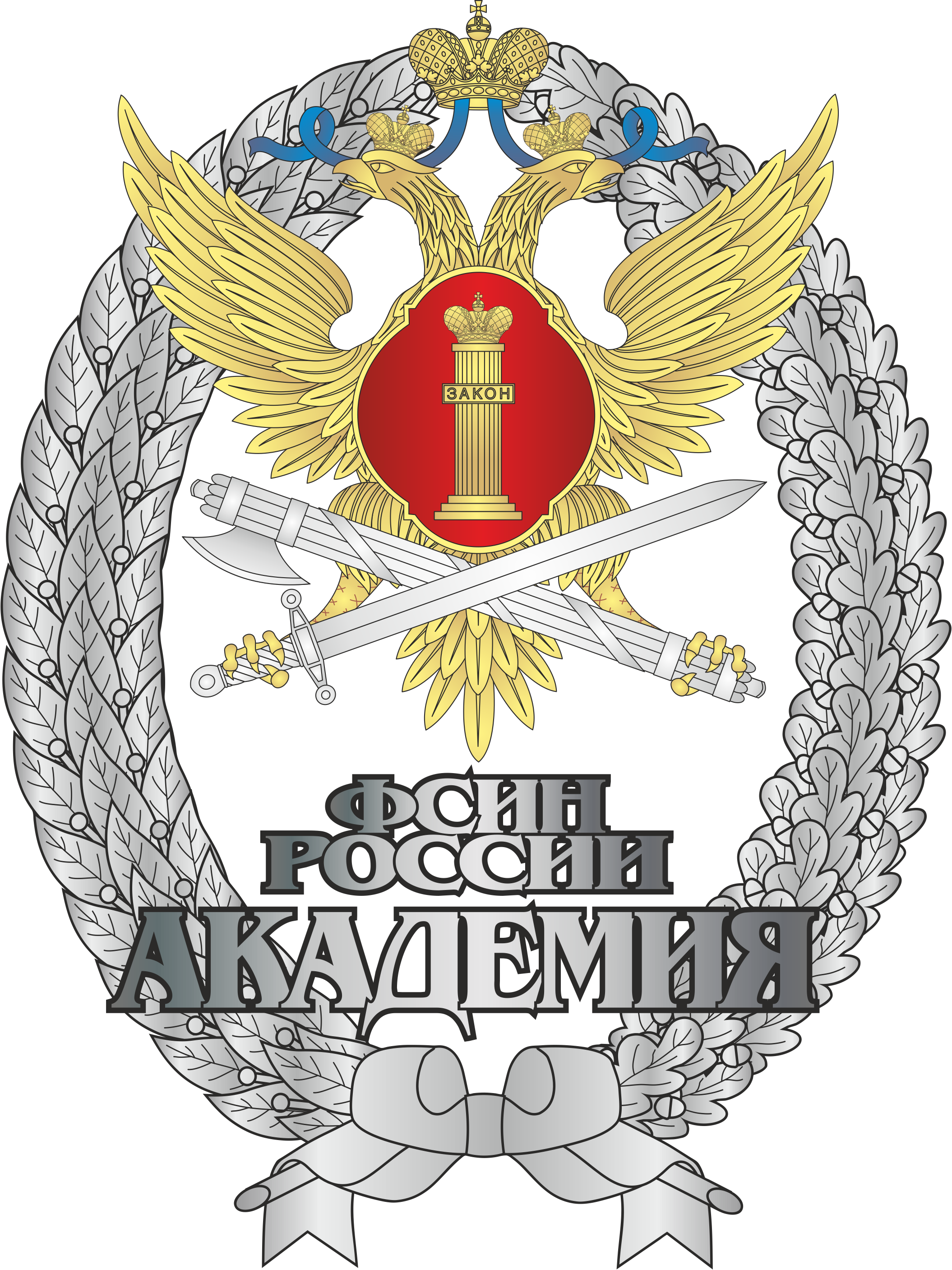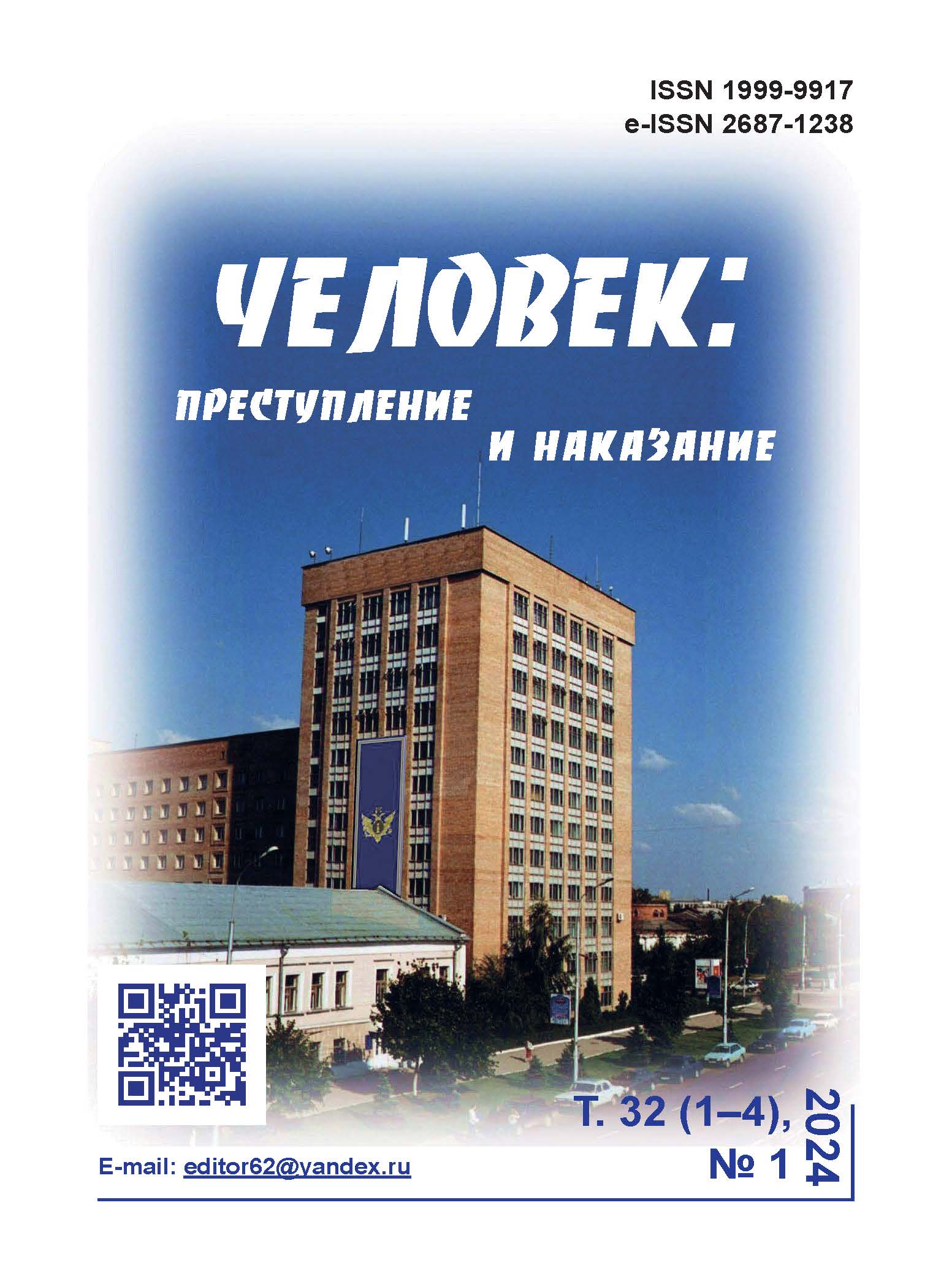Russian Federation
UDC 343.23
UDC 343.81
In Russia, one of the most common punishments throughout the entire period of existence has been punishments related to imprisonment and isolation from society. In the process of executing these punishments, problems may arise in their implementation. The key problem in this area is the improvement of measures to counter actions that disrupt the activities of correctional institutions. For several decades, Soviet legislation has been changing the concept of criminal liability for actions related to the disorganization of correctional institutions. The article examines the historical and legal trends in the development of criminal liability for violent acts against convicts (prisoners) and staff of institutions providing isolation from society at different historical stages. The work is based on the analysis of scientific literature and legislative acts that establish measures of responsibility for actions related to the disorganization of correctional institutions. The aim of the work was to raise the problem of criminal liability for the disorganization of correctional institutions for scientific discussion.
criminal groups, disorganization of institutions, criminal punishment, penal enforcement system, penitentiary crime
1. Poznyshev, S. V. 1915, Essays on prison studies, Moscow.
2. Detkov, M. G. 1996, Punishment in Tsarist Russia, Moscow.
3. Kuz'min, S. I. 1994, ‘Organized criminal groups in places of detention’, Crime and punishment, iss. 11, pp. 36–40.
4. Filimonov, O. V. (ed.) 1998, Prevention of organized crime: textbook, Moscow.
5. Isaev, M. M. 1927, Fundamentals of penitentiary policy: a textbook for universities, Moscow.
6. Kuz'min, S. I. 1993, Campers (GULAG without retouching), Moscow.









